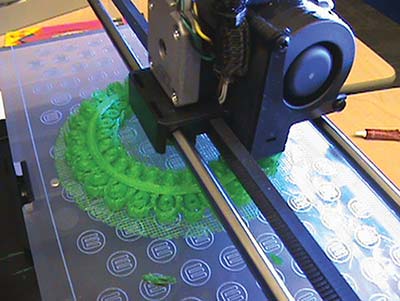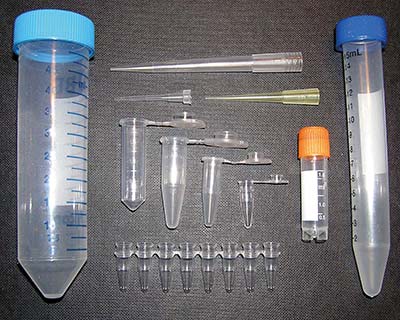7 Introducing plastics in society
In recent years, the multifaceted issues around plastics in society have been widely reported in various media. One high profile example was in an episode of the BBC documentary series Blue Planet 2 (‘Our Blue Planet’), where Sir David Attenborough examines the impact of human life on life in the ocean, and especially the damage done by discarded plastic waste.
Study note 5 Blue Planet
If you're interested, you can find out more about Blue Planet 2 and Blue Planet Live on our dedicated pages:
Blue Planet 2 [Tip: hold Ctrl and click a link to open it in a new tab. (Hide tip)]
Despite this, it should be remembered that scientific knowledge does not stand still, and there is some positive news in this field of research. For instance, Austin et al. (2018) reported a novel enzyme that could degrade the most common type of polyester – so-called polyethylene terephthalate, or PET. As this course explores how scientific research is carried out and reported, we will now consider the science of this group of materials, which have become integral to our everyday lives.
Plastics are some of the most useful materials on Earth. They are almost entirely man-made, and the world around us would look very different without them. But they can also present challenges to the environment and human health. For example, there is growing concern about plastic materials (Eriksen et al., 2014) and microplastics (Vandermeersch et al., 2015; Welden and Cowie, 2017) in the oceans, and consequently the food chain. Therefore, anyone who is interested in science – from the fundamentals of chemistry, or the properties of materials, to human health and the future of the planet – needs to take an interest in plastics!
The first truly artificial synthetic plastic, Bakelite™, was developed in 1907 and since then, many more plastics have been introduced (Thompson et al., 2009). Today’s plastics are everyday materials, but they represent a great many inventions by a huge number of scientists from a number of disciplines.
If you look up plastic on the Oxford Dictionaries website (2018), the entry returned is:
A synthetic material made from a wide range of organic polymers such as polyethylene, PVC, nylon, etc., that can be moulded into shape while soft, and then set into a rigid or slightly elastic form.
Additionally, the entry for a bioplastic is:
A type of biodegradable plastic derived from biological substances rather than petroleum.
And microplastics are:
Extremely small pieces of plastic debris in the environment resulting from the disposal and breakdown of consumer products and industrial waste.
Scientific research into plastics and their many applications are ongoing, with many thousands of papers published on the subject each year. Exciting new applications appear daily, such as advances in 3D printing with plastics (Figure 1), novel antibacterial plastics and the development of new bioplastics that are not derived from petroleum.
The contemporary topic of plastics in society involves many multidisciplinary current research issues. These issues arise during their production, use, disposal and the development of materials with novel properties. For example, research teams are exploring concepts such as:
- novel plastic materials, like as bioplastics or gels (chemistry, biochemistry and materials science)
- the formation and properties of microplastics (chemistry and materials science)
- the environmental and ecological effects of plastics in the oceans (biology and environmental science)
- the health effects from the leaching of chemicals from plastics, for example bisphenol A (BPA), which has been a source of some debate in recent years, following concerns about its safety for use in food packaging and containers (health science, biology and biochemistry)
- the presence of plastic as an indicator in geological deposits, where they can exist for an extremely long time in sediment (environmental and Earth science)
- the science behind efficient recycling (chemistry and materials science).
Question 1 Plastics in everday life
Try to identify ten items that you regularly use in everyday life that comprise a significant amount of plastic.
Answer
Your list might include, for example:
- a polyester jacket
- a milk bottle
- a polyethene bag
- a laptop
- a mobile phone
- the dashboard in a car
- a window frame made from PVC
- the coating on electric cable
- the coating on a tablet
- a yogurt pot.
Plastics are also ubiquitous in many workplace environments. For example, if you were working in a laboratory, it’s likely your list would include the following (some of these are shown in Figure 2):
- sample bottle
- sample vial
- pipette tip
- syringe
- microscope slide
- Teflon™ stirrer bar
- dialysis tubing
- connecting tubing for a water supply
- well plate
- beaker.


